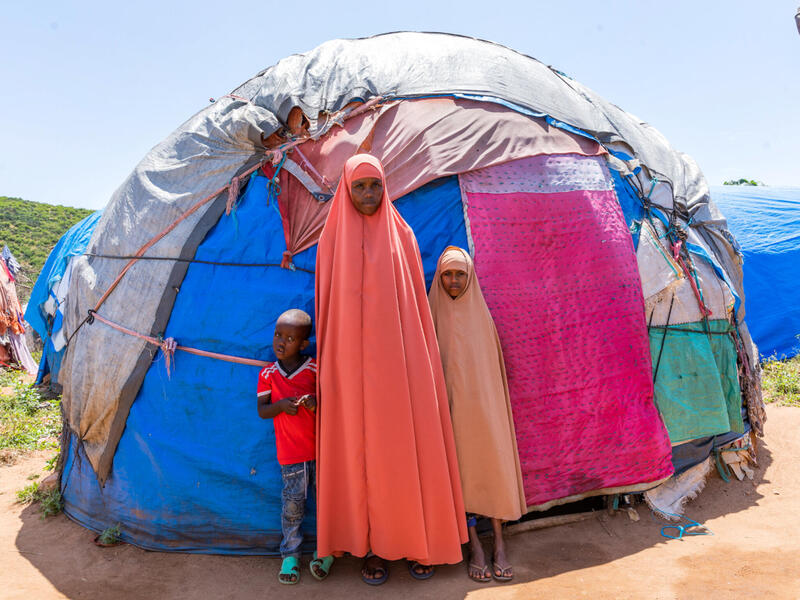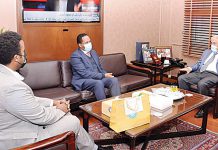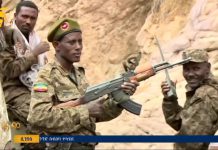Africa-Press Ethiopia
From packed classrooms to indefinite school closures, COVID-19 has undoubtedly impacted the lives of school children all around the world. Parents and teachers have been scrambling to work out solutions to keep kids learning during these turbulent times.
But children in some places — such as the Qoloji camp in the Somali region of Ethiopia — are no strangers to being out of school. Violence and multiple humanitarian disasters over the course of several years — including locust outbreaks, severe flooding, and most recently, conflict in the Tigray region — have led to mass displacement, with the majority seeking refuge in temporary camps.
When 22-year-old Misra arrived at the Qoloji camp in eastern Ethiopia with her two children, she didn’t have plans to become a teacher. “My plan was to continue my education until I got my PhD — but after the conflict broke out, everything changed.”
Through funds from the European Union, the IRC has established temporary learning spaces in Qoloji, providing essential materials for displaced children to keep them in school, and training teachers.
Misra is one of these teachers. Teaching Somali and English to elementary school children in the camp, she is enthusiastic about her role in the community. “I wanted to support children who no longer had access to proper education,” she says. “I believe that it’s one of the ways to give back to a community that has been through a lot.”
Before COVID-19 forced schools in Ethiopia to close, Misra would make breakfast for her children and get them ready for school. After dropping them off, she would prepare her lesson plans and teach classes during the day.
But since the first few cases of COVID-19 were announced in the country, students and teachers have been forced to stay at home. “Staying isolated and not knowing what is going to happen to me and my children is stressful,” says Misra. “Students have a hard time following up with their studies. Before COVID, we used to have up to 150 children in one class — now we’re allowed a maximum of 25.”
The restrictions have made it difficult to create a proper class schedule that ensures that all students can have access to education as they did before. But Misra is determined to keep going, despite the hurdles thrown her way.





